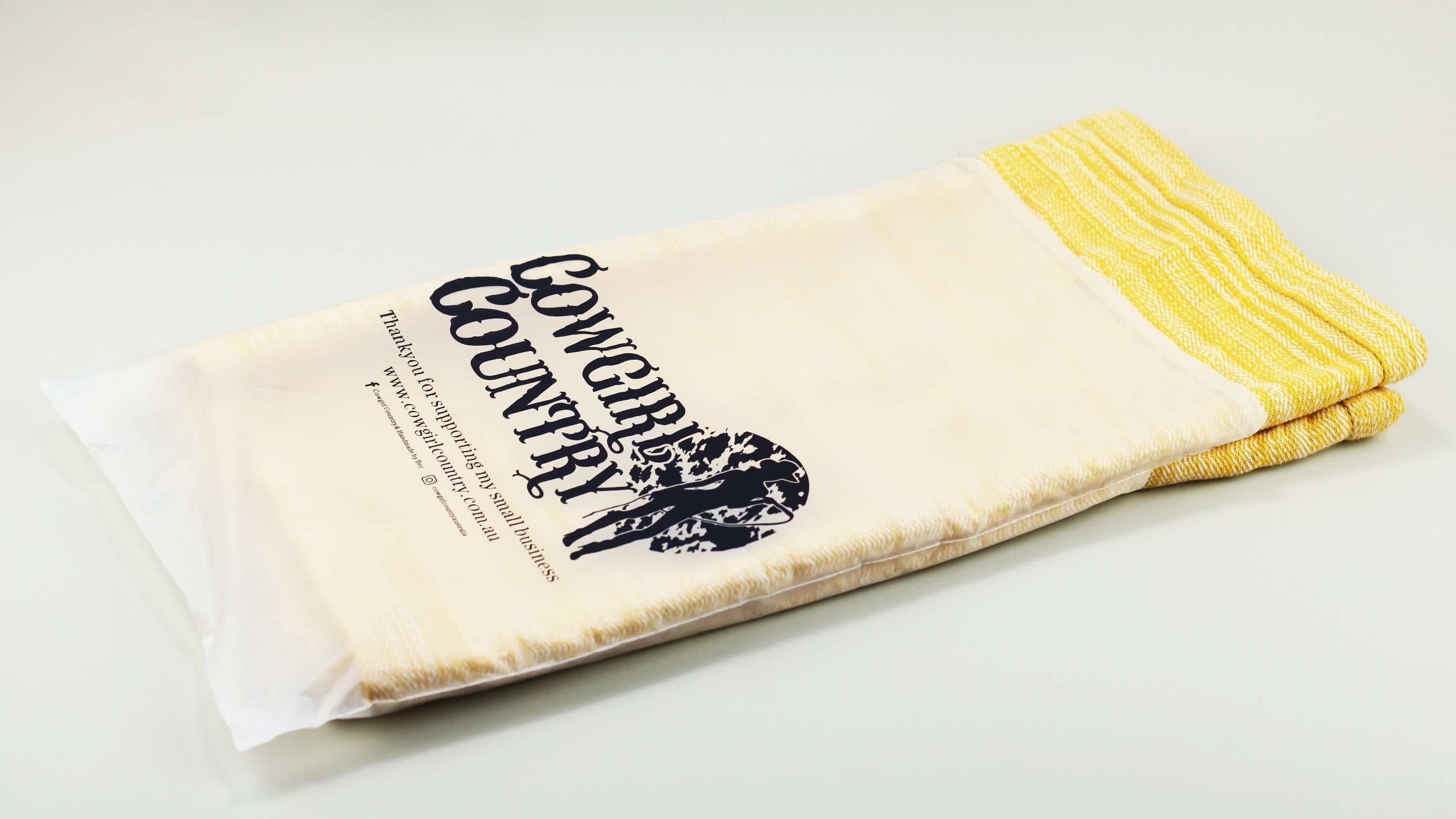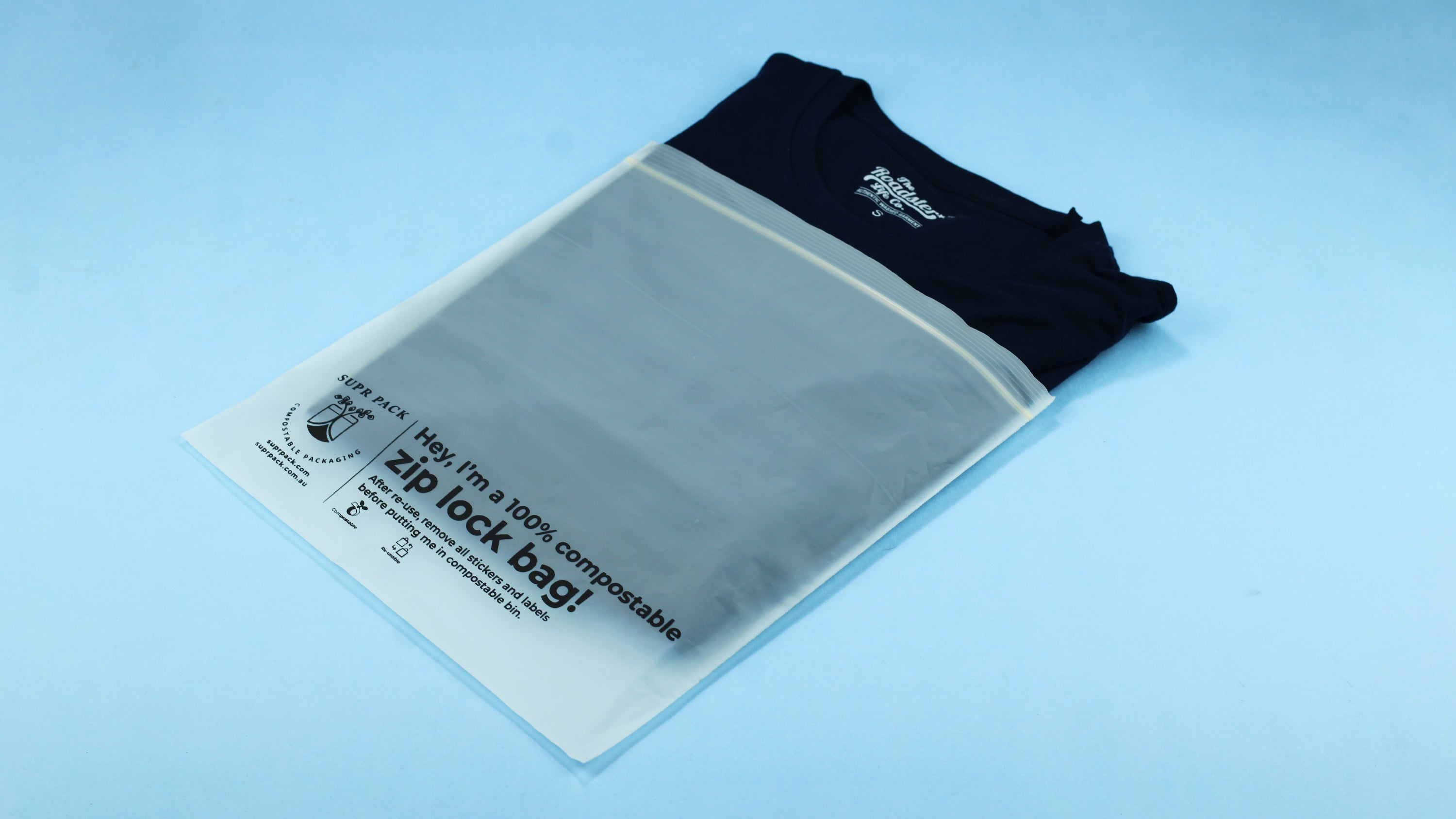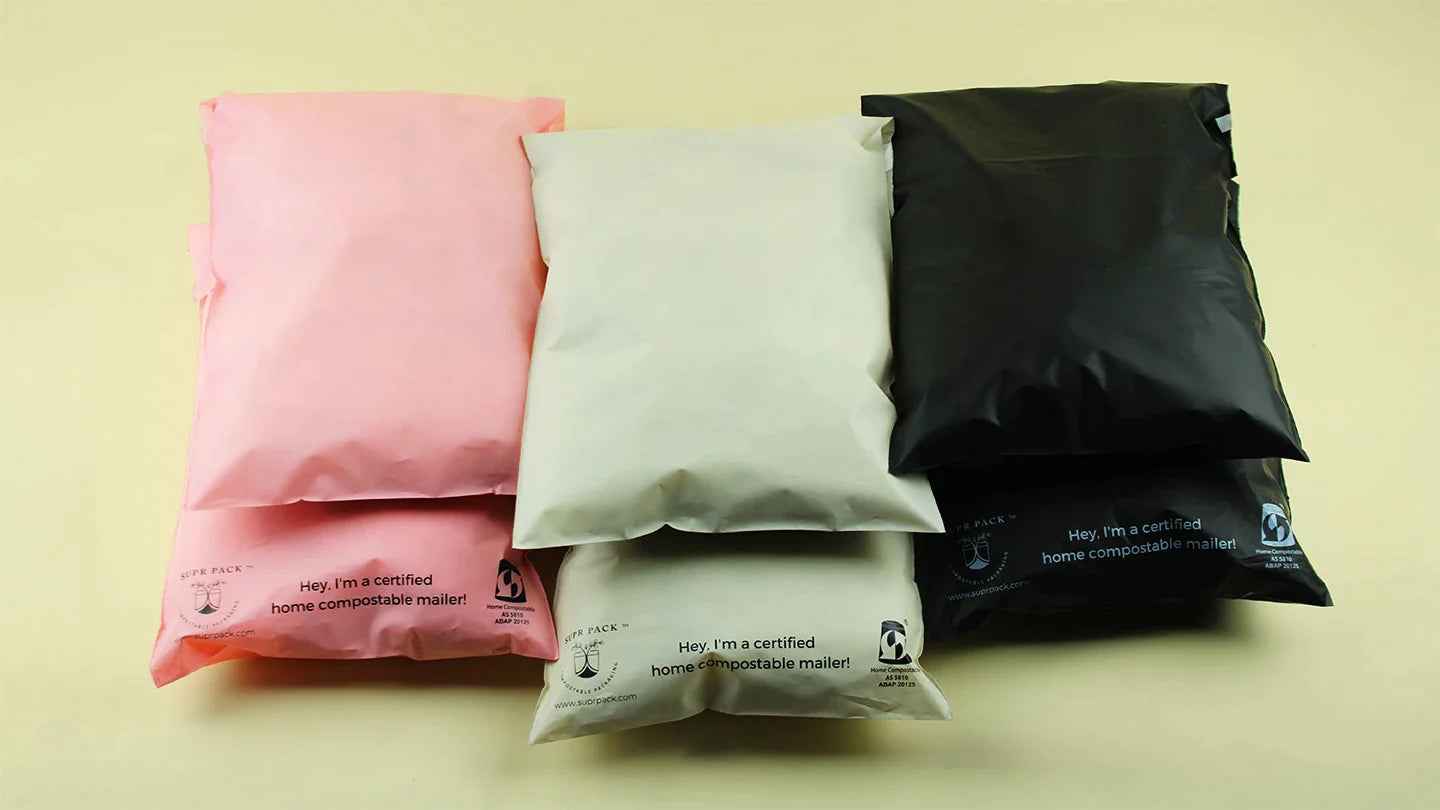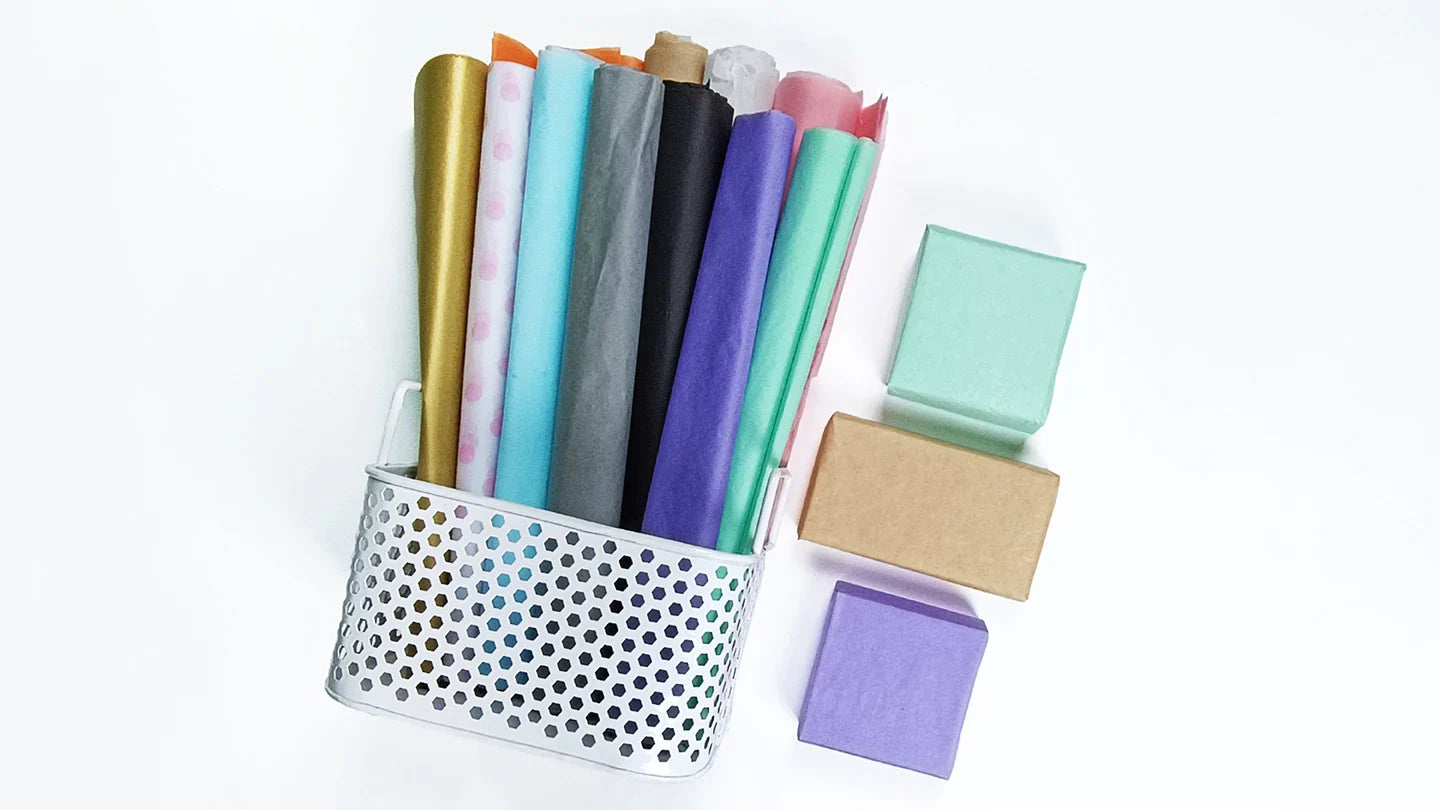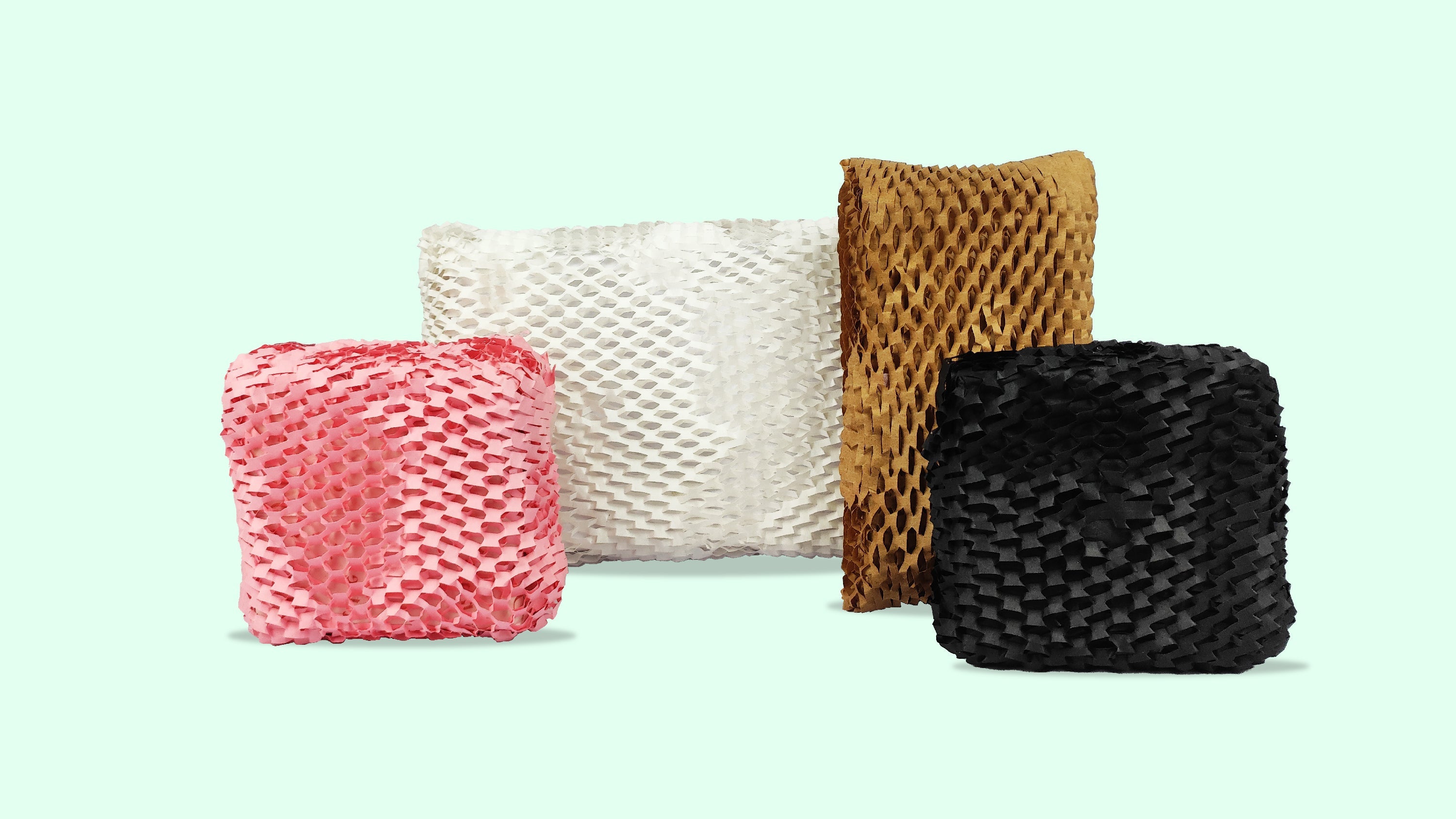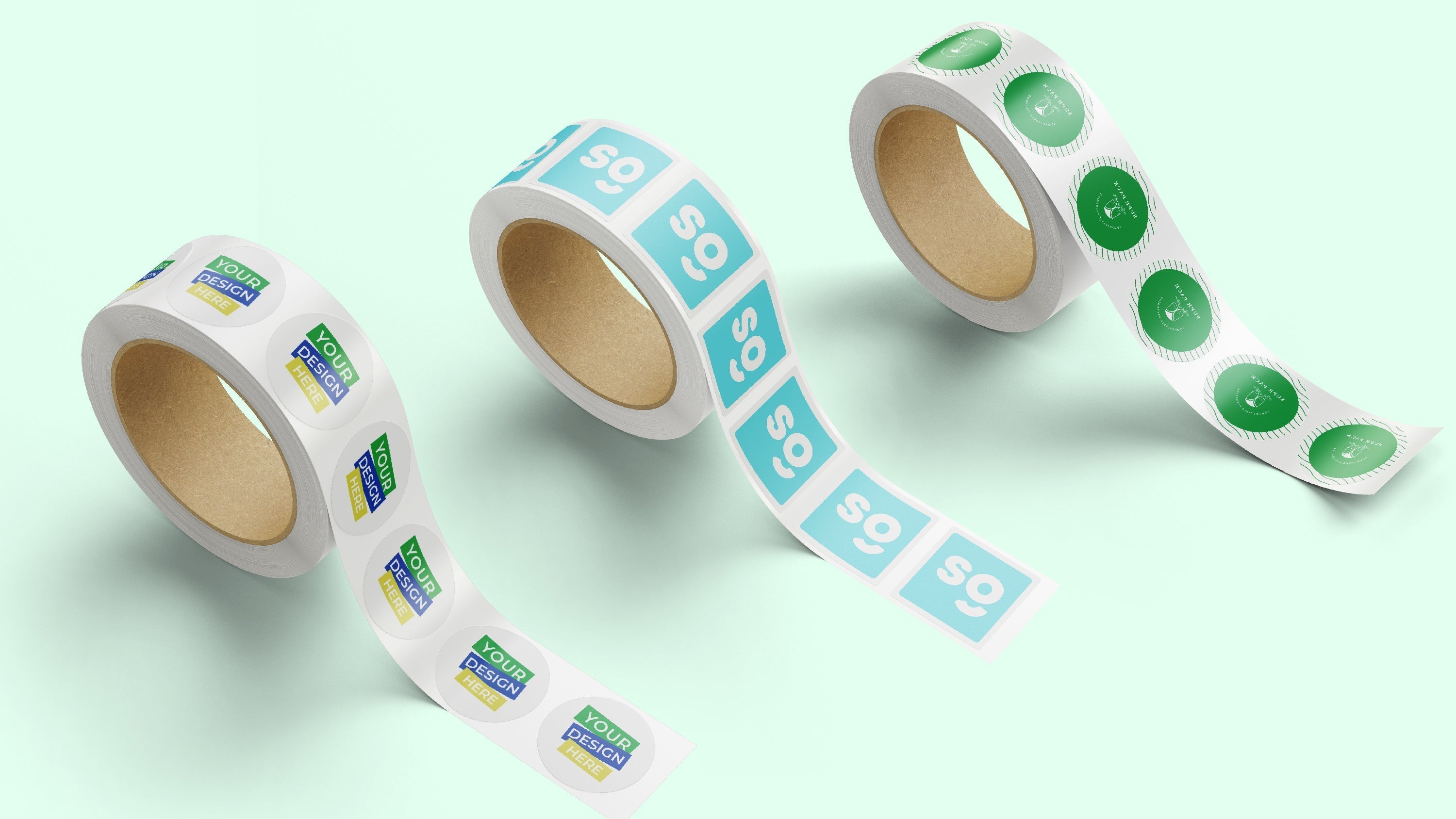THE HISTORY OF BIODEGRADABLE PLASTICS AND TIME TO DECOMPOSE
Nobody thinks about what happens to your trash once it leaves your home or office, whether you're throwing it out yourself or participating in commercial recycling? If you have, you are not alone. On the other hand, most individuals don't give it another thought until it's collected outside their door.
What is the manufacturing process for biodegradable plastics?
You may have heard it is tough to dispose of rubbish in a biodegradable manner. The issue is that most waste is disposed of in non-biodegradable trash bags. This implies that any trash caught in the garbage bag will not biodegrade, which is one of the issues with waste ending up in landfills. Because traditional waste bags are composed of plastic, they do not biodegrade. And when you consider how many typical trash bags are used, it only becomes worse.
One of the first issues with "biodegradable plastic" was no agreement on what was classified as biodegradable back then. Companies hurried to join the green revolution, making all kinds of promises to customers that were not genuine. Finally, the government stepped in with a set of tight criteria dictating what could and could not be labelled as biodegradable.
Time to breakdown:
It takes 3-6 months for biodegradable polymers to totally dissolve. That's a lot faster than synthetic alternatives, which can take hundreds of years. The average time it takes for a biodegradable bag to degrade is determined by several factors, including temperature and the amount of moisture present.
However, the bags aren't always as eco-friendly as they appear. They're created from petrochemical-based polymers comparable to regular plastic but with components added that cause them to degrade gradually when exposed to light or oxygen. They frequently break down into a sludge of hazardous compounds as a result.
If living organisms such as fungi and bacteria can break it down in the environment, it is biodegradable and compostable. Instead of petroleum, biodegradable and compostable bags are created from plant-based ingredients like cornstarch and wheat. In marine conditions, biodegradable bags do not degrade at all.
Even while biodegradable and compostable items have certain similarities, they have significant distinctions. One of our past blog pieces discusses the differences between biodegradable and compostable materials. Many of today's compostable bags are designed to disintegrate in a commercial composting facility rather than in landfills. Temperatures, moisture, heat, air, and other environmental conditions must all be met for these compostable bags to decompose in composting facilities. Compostable bags will not degrade if they are placed in any other environment other than a composting facility. This includes landfills, which are where the majority of plastics end up.
Conclusion:
Biodegradable materials are made to be broken down by natural creatures such as fungi, bacteria, and other microbes. The marine environment, such as the ocean, is one site where biodegradable plastics cannot degrade. That's why you will occasionally come across biodegradable-labelled bags that are still intact.
Social Media Caption - No one ever wondered what happened to the waste we threw away. The thought was even a waste that’s why we didn’t wait. Supr Packs is here talking about the history of biodegradable plastic. Because we chose to raise our voice for the waste.



